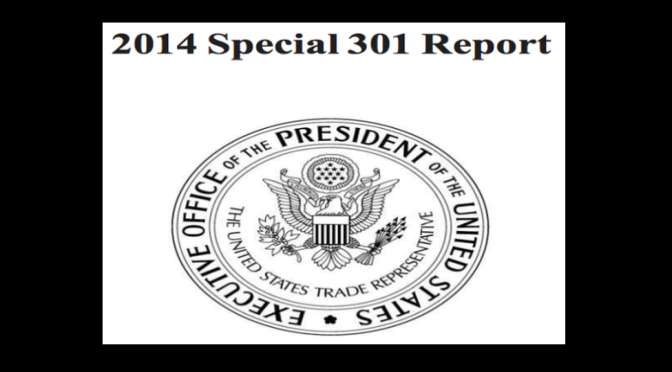Is Section 3(d) an extension of the Inventive Step analysis?
The answer to this question can make a difference to the compliance of non-discrimination obligations under the TRIPs Agreement, and so it plays a significant part. Article 27.1 of the TRIPs Agreement reads as follows:
Subject to the provisions of paragraphs 2 and 3, patents shall be available for any inventions, whether products or processes, in all fields of technology, provided that they are new, involve an inventive step and are capable of industrial application. Subject to paragraph 4 of Article 65, paragraph 8 of Article 70 and paragraph 3 of this Article, patents shall be available and patent rights enjoyable without discrimination as to the place of invention, the field of technology and whether products are imported or locally produced.
As per the Article, all inventions must be treated equally and may not be discriminated based on its field of technology, place of invention, or importation. One of the arguments submitted by USCC, PHRMA and BIO is that Section 3(d) puts forth an additional requirement for assessing patentability of inventions in a specific field of technology – Pharma and Chemistry, resulting in the treatment of said field in a different manner, giving rise to non-compliance with the TRIPs Agreement.
The primary rebuttal to this argument by IPA, FICCI and Prof. Srividya, is that Section 3(d) does not put forth any additional requirements and that its assessment is merely an extension of the inventive step/non-obviousness analysis. Parallels are drawn to the secondary indications used by US Courts with respect to non-obviousness analysis, citing the example of a decision on a salt form – Amlodipine.
The Novartis decisions at the IPAB and Supreme Court levels had earlier answered the question quite lucidly. Both the Apex Court and the IPAB have clearly pointed out that the analysis of Section 3, which relates to non-patentable inventions (exclusions to patentable subject matter) is an inquiry different from the analysis of what an invention is under Section 2(j), which involves the inventive step analysis.
The Apex Court explicitly pointed out that the analysis of Section 3(d) is not an extension of the inventive step analysis. This approach to patentability analysis, is two-pronged, if not three with the additional requirement of enablement and includes determining whether a subject is an invention, while separately assessing whether such an invention is prohibited subject matter. Having said that, in spite of the several scholars’ arguments and judicial pronouncements, these assessments are far from being mutually exclusive, watertight compartments. They converge, merge and even interact with each other at different levels. The reasons for this are multi-fold, two of which are worth looking into:
First, it is not possible or necessary to treat them as watertight compartments. For instance, while assessing whether something is a product of nature or not, the basic test followed in many countries is the hand-of-man test. Determining whether there is a hand of man requires comparing a claimed invention with its natural counterpart, which forms part of the novelty and inventive step analysis.
Secondly, the requirement of an inventive step/non-obviousness is of recent advent, when compared to utility and novelty requirements. When non-obviousness was not codified as a formal requirement, similar analysis was done mostly under the novelty or subject matter requirement in countries like India. For instance, Section 3(e), which disallows patents for mere admixtures unless synergistic effect is shown, and Section 3(f), which disallows patents on re-arrangement of known products unless they work together, are both requirements, which performed non-obviousness-like analysis, though it was not called so.
So, is Section 3(d) an extension of the inventive step analysis? Now, the answer does not seem very straight forward. To make things murkier, different fields have different challenges and a subject matter prerequisite for patentability in a field is acceptable as long as the principle is general and does not address any particular field, though it is largely applicable to one field, which is precisely the case with Section 3(d).
Taking a parallel example, gene sequence patentability has been the subject of intense debate for several years now, for various reasons. The US Supreme Court has recently held in the Myriad Genetics case that gDNA sequences are not patentable because they naturally exist. Though the product of nature doctrine, applied here, is a general doctrine, which may be applied to all fields, it is a known fact that the doctrine’s applicability is largely relevant for biological inventions. Assuming that the product of nature doctrine is not explicitly permitted under the TRIPs Agreement, does it make the product of nature doctrine discriminatory because it primarily addresses biological inventions. So, now, if India inserts a Section 3(a), which provides that gene sequences would not be patentable unless there is hand of man, would that be non-compliant with the TRIPs Agreement or would it depend on how an Indian Court decides?



